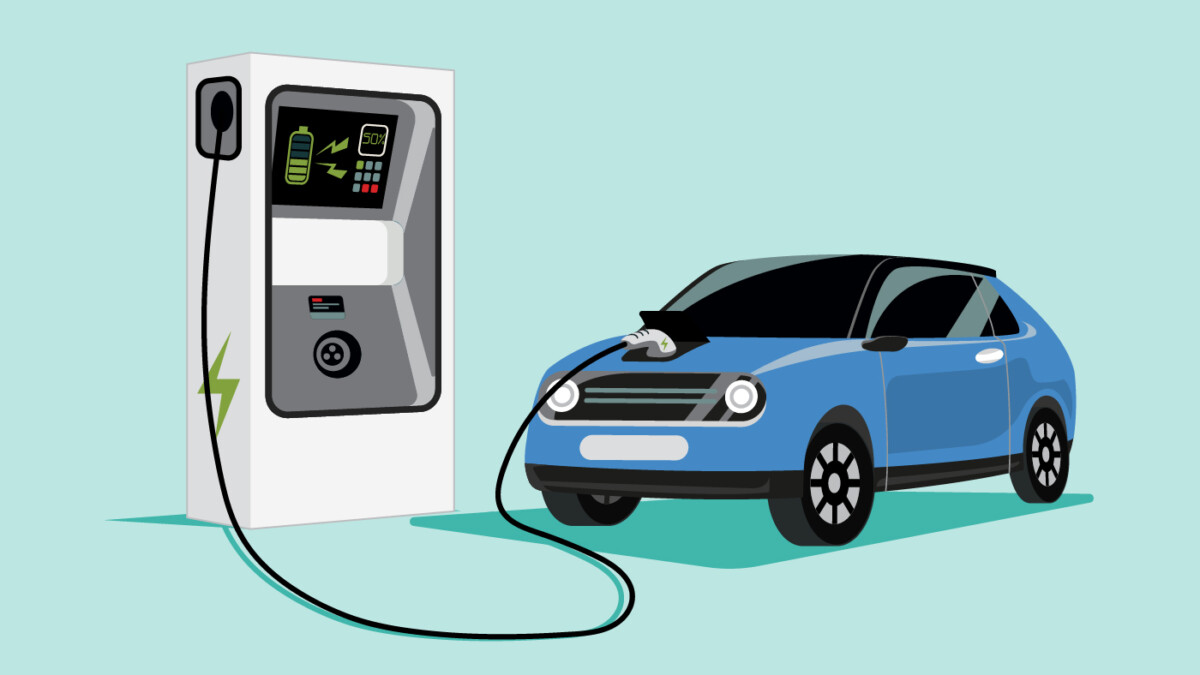Electric vehicles (EVs) have become an increasingly popular alternative to gasoline-powered vehicles due to their environmental benefits, energy efficiency, and cost-effectiveness. Indonesia, as a developing country with high greenhouse gas emissions, has the potential to benefit significantly from the adoption of EVs. However, the success of EVs in Indonesia largely depends on the government’s policy and incentive framework. This article will explore the current state of EV policy in Indonesia and the role of government incentives in promoting EV adoption.
EV Policy in Indonesia
In 2019, the Indonesian government announced its ambition to electrify 2.1 million vehicles by 2025, including two- and four-wheel EVs. The plan aims to reduce the country’s dependence on fossil fuels, decrease greenhouse gas emissions, and create new job opportunities in the EV industry. However, despite this ambitious target, the progress toward achieving it could have been faster.

One of the main reasons for the slow adoption of EVs in Indonesia is the need for clear and consistent EV policies. While some existing policies and regulations support EVs, they need to be more cohesive across different government ministries, resulting in confusion and consistency in their implementation. For example, the Ministry of Industry provides incentives for the production of EV components. In contrast, the Ministry of Energy and Mineral Resources provides incentives for using renewable energy in transportation. These policies, while beneficial, need to be coordinated, leading to a lack of coherence in promoting EV adoption.
The Role of Government Incentives
To accelerate EV adoption in Indonesia, the government needs to create a clear and consistent policy framework that includes a range of incentives for both manufacturers and consumers. One of the most effective incentives is financial support, such as tax breaks and subsidies, for EV manufacturers and buyers. These incentives can reduce the upfront cost of EVs, making them more affordable for consumers, and encourage manufacturers to invest in EV production.
In addition to financial incentives, the government can provide non-financial incentives, such as preferential treatment for EVs in the registration and licensing process and access to bus lanes and toll roads. These incentives can help to address some of the challenges of EV adoption in Indonesia, such as the lack of charging infrastructure and range anxiety.
Another significant incentive is the promotion of research and development (R&D) in the EV sector. The government can encourage R&D by funding and supporting research institutions and universities to develop new technologies and innovations for EV production.
Furthermore, the government can work with the private sector to develop partnerships and collaborations that can support the growth of the EV industry in Indonesia. This can include partnerships between EV manufacturers and local suppliers and collaborations between the government and private sector to develop charging infrastructure and battery recycling facilities.
In conclusion, the adoption of EVs in Indonesia has the potential to benefit the country in many ways, from reducing greenhouse gas emissions to creating new job opportunities. However, the success of EVs in Indonesia depends on the government’s policy and incentive framework. The government needs to create a clear and consistent policy framework that includes a range of incentives for both manufacturers and consumers. These incentives should include financial support, non-financial incentives, and the promotion of R&D and partnerships. With the proper policy framework and incentives, EVs can play a significant role in Indonesia’s transition to a more sustainable and green transportation system.

